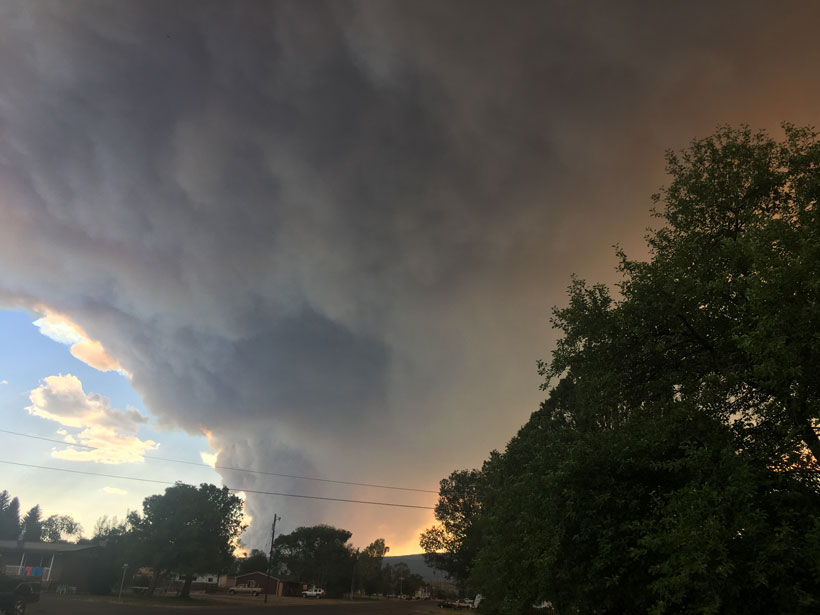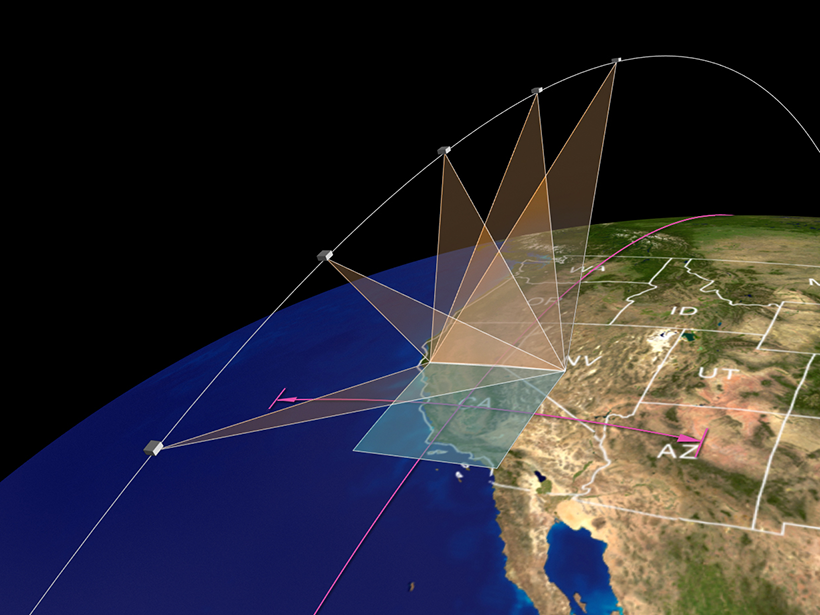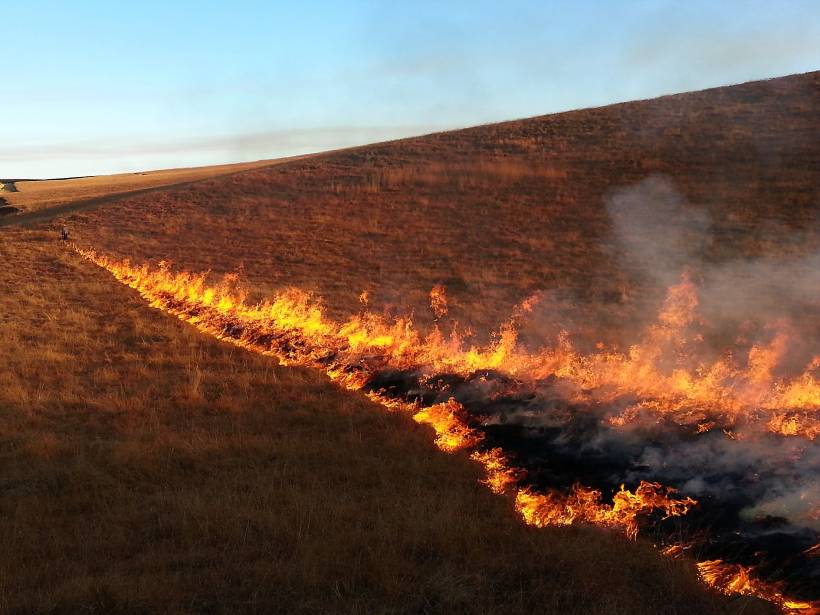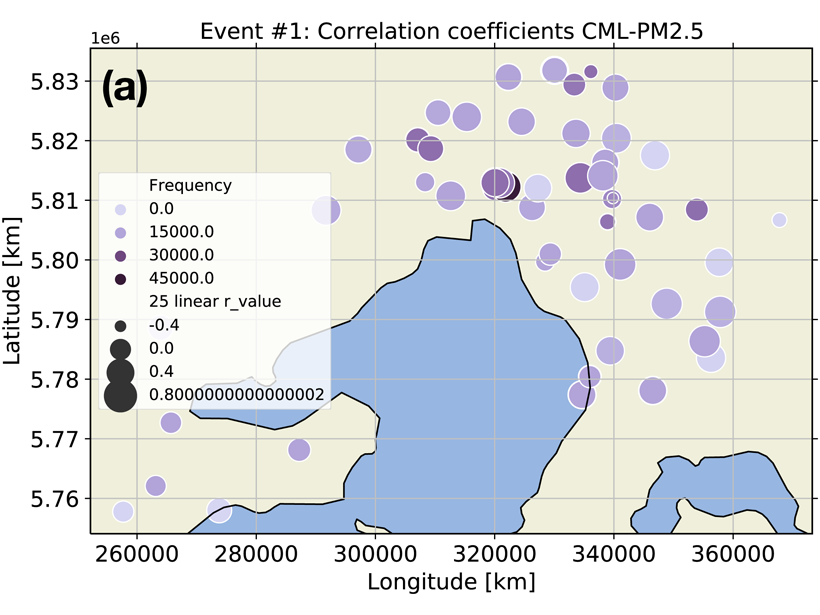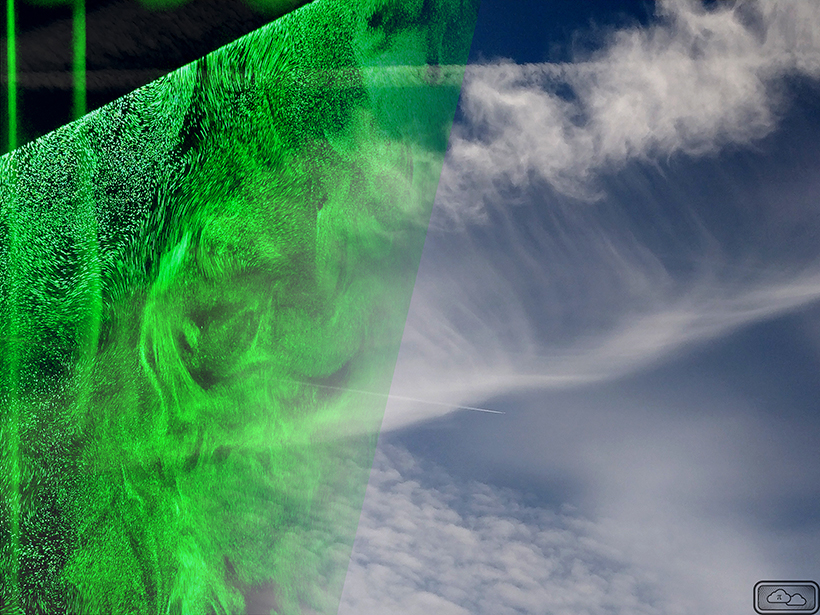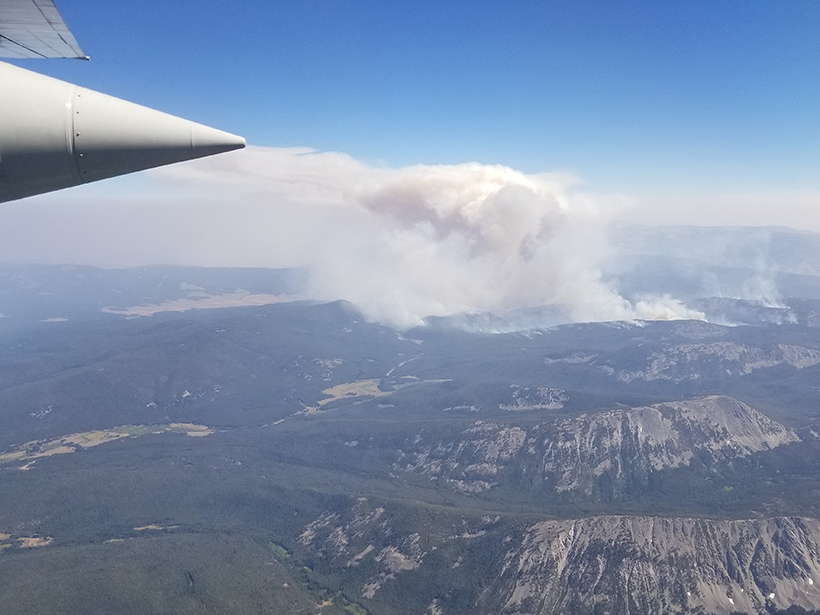New spaceborne high spectral resolution lidar measurements provide a new view of global aerosols.
aerosols & particles
Los Incendios forestales podrían exacerbar el asma en el oeste de los Estados Unidos
Un nuevo estudio predice que para la década de 2050, el humo de los incendios forestales hará que la región gaste $850 millones más cada año para tratar el asma.
Using Satellite Data to Map Air Pollution and Improve Health
NASA scientists will be teaming up with epidemiologists in the agency’s first health-focused mission. With satellite data, they’ll find out how air pollution affects health in cities around the world.
Zooming In on Small Fires in Africa
By analyzing high-resolution satellite images, researchers found that fires burning in Africa were undercounted by as much as 80%.
Aerosol Scientists Try to Clear the Air About COVID-19 Transmission
“We are basically doing what a public health agency should be doing.”
New Data on Smoke Particulates from Cellular Radio Signals
Through analyzing radio links signal levels, retrieved surface smoke particulate concentrations can complement limited datasets from air quality stations in improving impacts analyses for wildfires.
Improving Models for Solar Climate Intervention Research
Modern climate models were designed to simulate natural systems and changes mainly due to atmospheric carbon dioxide, rather than to predict effects of deliberate climate interventions.
Atmospheric Turbulence May Promote Cloud Droplet Formation
Turbulence causes local variations in relative humidity, which can push particles past a critical saturation threshold for droplet nucleation.
Seeding Ice Clouds with Wildfire Emissions
Wildfires create airborne plumes of organic and inorganic matter as they burn. These particles can nucleate cloud-forming ice crystals and affect cloud dynamics, precipitation, and climate.
Advances in Satellite Data for Wildfire Smoke Forecasting
Observations from the newest geostationary Earth-observing satellites are offering valuable views of fire progression and smoke plume development and helping simulate impacts from large wildfires.


